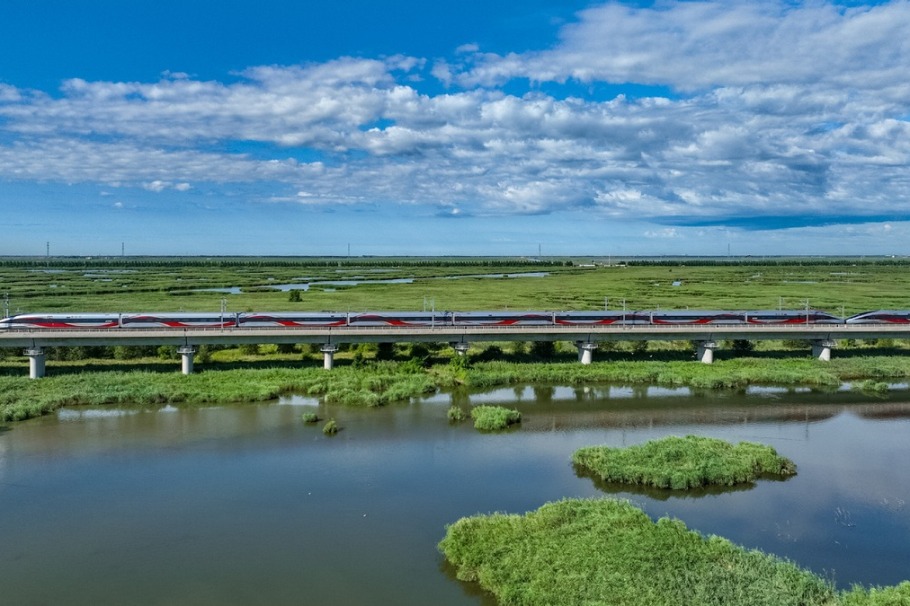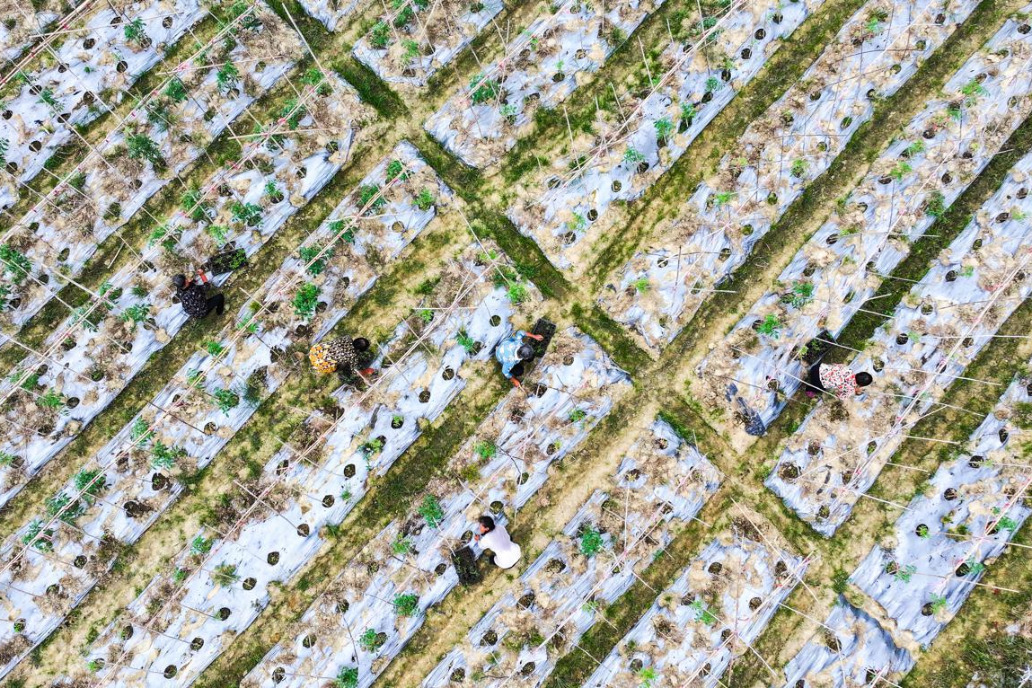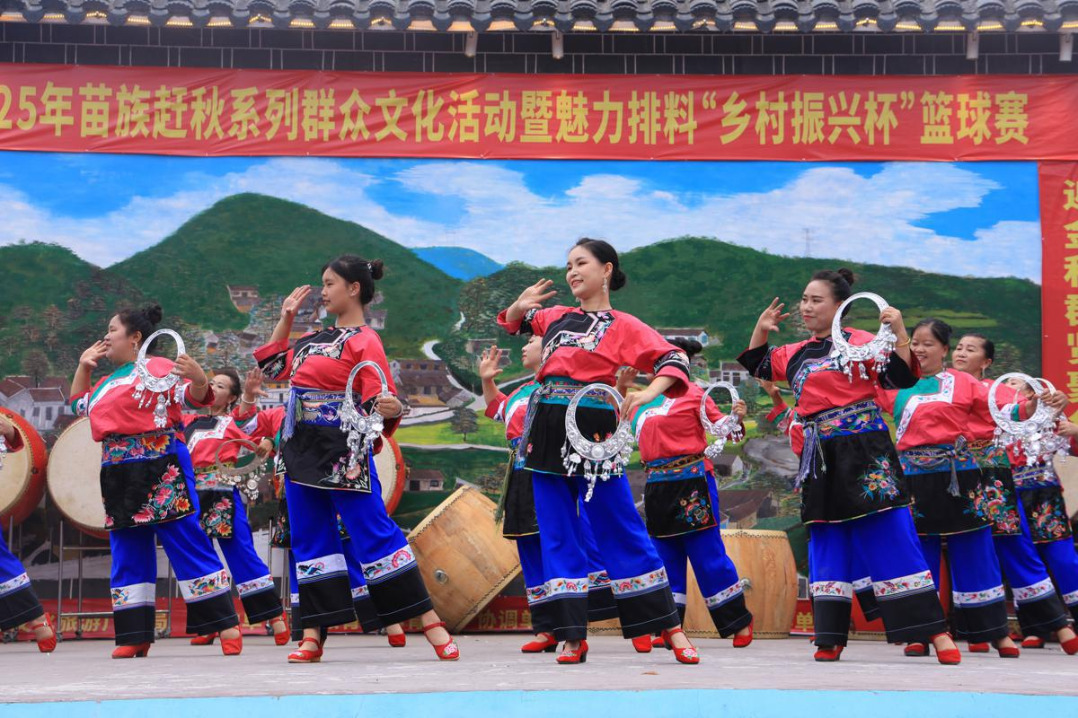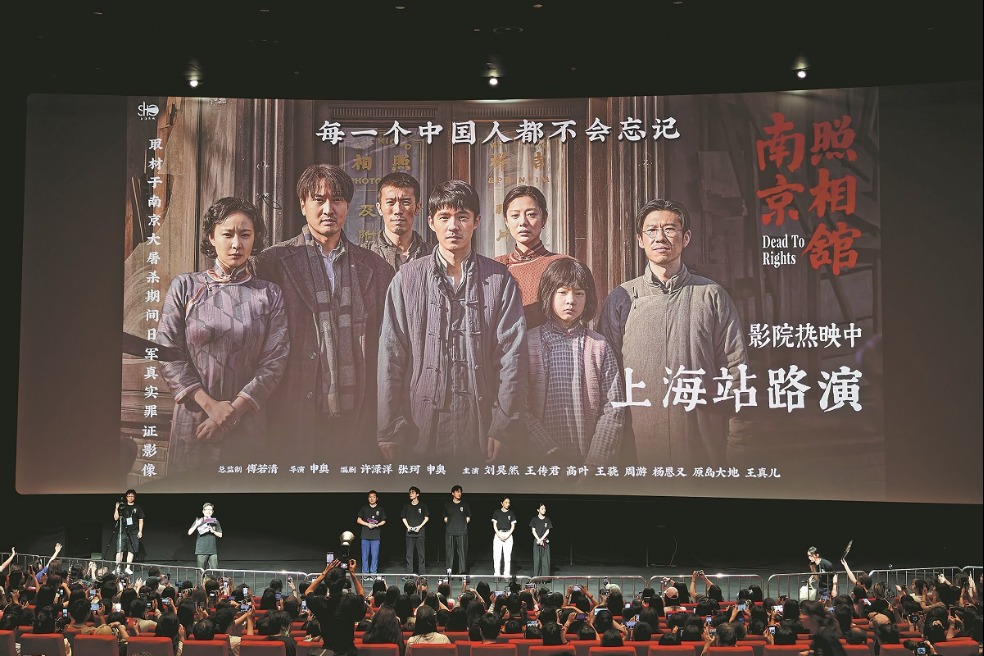Heroes planted seeds of long-term farm success

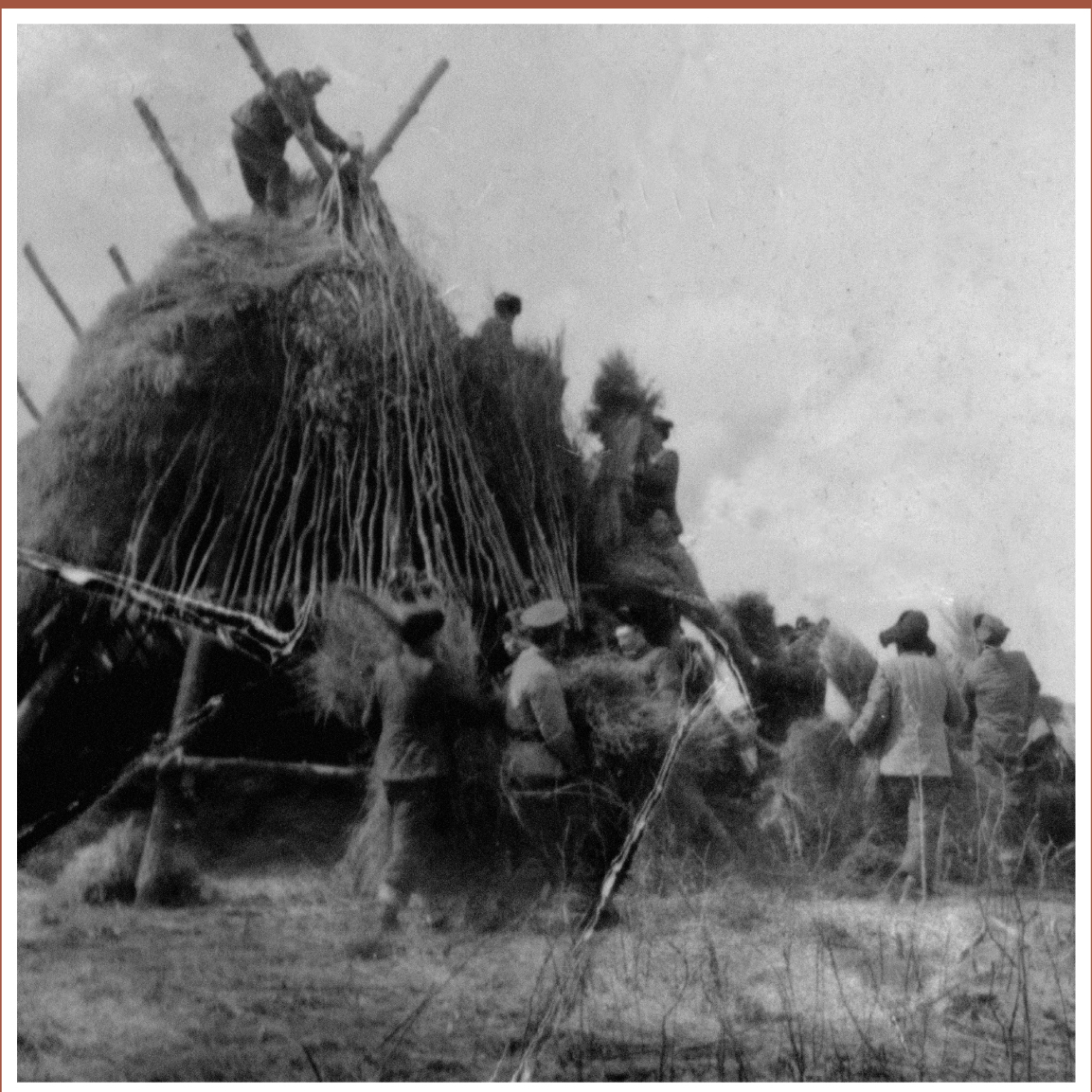
Although early spring temperatures remain low in Heilongjiang province, the farmers of Beidahuang have begun their orderly preparations for the coming spring plowing season.
Beidahuang, a reference to a big northern wasteland, once signified a fertile region, including the Sanjiang Plain along the Heilongjiang and Nenjiang rivers.
In 1947, before the founding of the People's Republic of China, a group of military cadres from Yan'an and Nanniwan led their troops to Beidahuang to develop the country's first State-owned farms.
On Jan 24, 1958, the Chinese government approved a directive mobilizing 100,000 veterans to participate in the building of Beidahuang, receiving a strong response across the country.
"At that time, Beidahuang had been developing for more than 10 years, and 54 farms had been founded," said Zhao Guochun, former director of the Beidahuang Museum in Harbin, Heilongjiang. "The 100,000 veterans who came to Beidahuang were an important labor supply and played an inestimable role in economic construction."
Then, in the following decades, around 1 million educated youth came to the region to help, despite unimaginable difficulties.
"The soaring increase in the population brought an unprecedented shortage of food, housing and daily supplies," said Guan Liangliang, a staff member at the museum. "The veterans cut tree branches and built simple dwellings of mud." In rainy days, such dwellings provided poor protection from the rain.
Nowadays, the Chinese word used to describe the huts — majiazi — has come to symbolize Beidahuang's spirit of hard work. Around 50,000 young people lost their lives during their work on Beidahuang, some even younger than 20 years old, according to the museum.
In 1976, the Heilongjiang Agricultural Reclamation Bureau was founded. In 2018, it changed to the Beidahuang Agricultural Reclamation Group, marking the transformation from a government management system into the one of collectivization and enterprise.
After generations of effort and sacrifice, Beidahuang has seen rapid increases in annual grain output, from 2.4 million kilograms at the beginning of construction to 21.5 billion kg last year.
With arable land of 3 million hectares, Beidahuang has achieved a 99 percent agricultural mechanization rate and has made increasing use of high technology.
Qixing farm, which President Xi Jinping visited in September 2018, now uses big data and collation to promote intelligent rice planting, said Han Tianjia, its deputy director.
"Qixing is the first farm of the Beidahuang group to use the platform," Han said. "Digital agricultural services will make agricultural production more intelligent and reduce production and market risks for family farms."
- Robot skillsets take center stage at Beijing games
- China's northernmost high-speed railway marks its 10th anniversary
- Death toll rises to 10 in Inner Mongolia flash flood
- Nyingchi thrives with booming tourism and trade
- Space station crew gains AI assistant
- Across China: 20 years on, China's 'two mountains' concept proves significant in green development
















